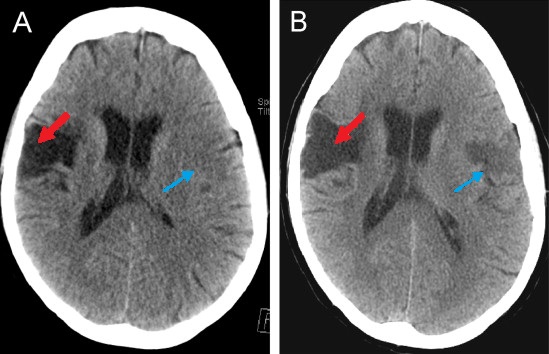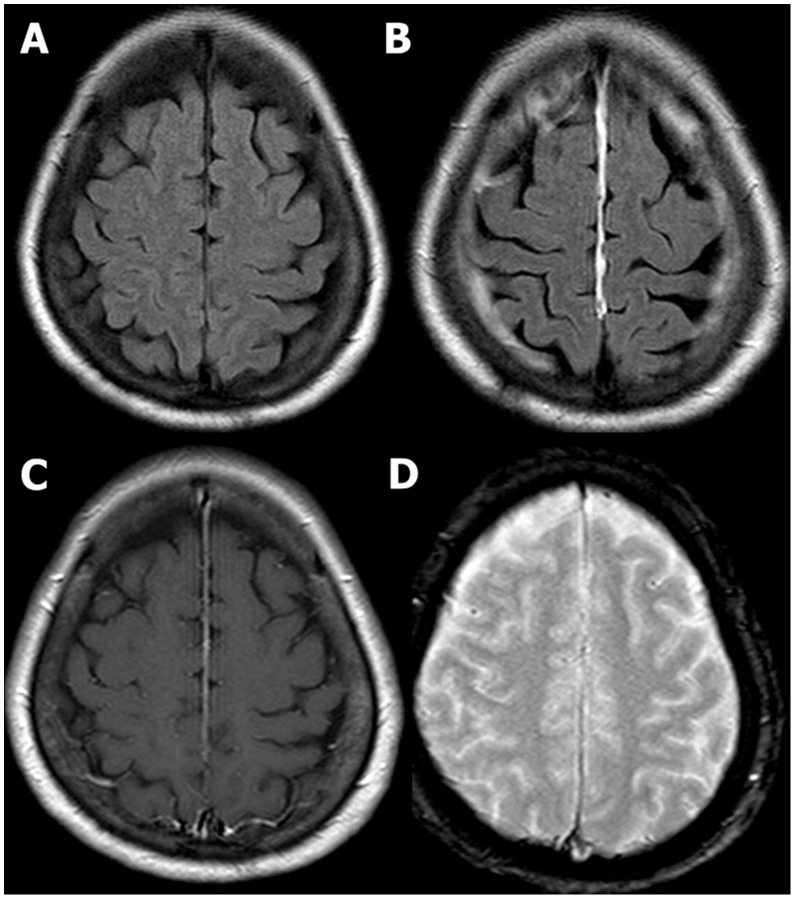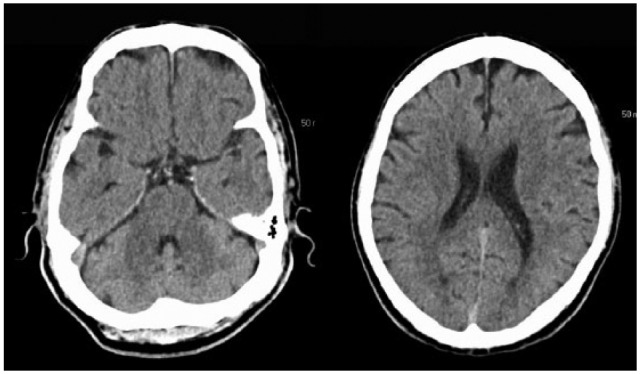Playlist
Show Playlist
Hide Playlist
Acute Ischemic Stroke (AIS): Examination
-
Emergency Medicine Bord Acute Ischemic Stroke.pdf
-
Download Lecture Overview
00:02 For the physical exam you definitely wanna make sure you’re focusing on your neurologic exam. 00:07 You wanna test the cranial nerves. 00:09 You wanna have the patient talk to you. 00:11 Are they able to talk clearly? Do they feel like their voice is slurred or that their speech is slurred? Sometimes that may be a little bit subtle so it can helpful to ask the patient do you think your voice sounds like it normally does? You wanna look at the pupillary size. 00:26 You wanna see of the pupils are asymmetric, if they’re both reactive or not reacting appropriately. 00:32 You wanna make sure they can move their eyes all around so you have them look up, down, to the right, to the left and test their extraocular movements and you wanna make sure you go through all the rest of your cranial nerve testing. 00:44 You wanna do a motor and sensory exam. 00:48 You wanna test the strength in their upper extremities and their lower extremities and you wanna test for pronator drift by having them hold up their arms. 00:55 I always tell patients, hold up your arms like you’re holding two bowls of soup in your hands and seeing if there are hand drifts in or doesn’t drift in. 01:03 And then you wanna do cerebellar testing. 01:06 Cerebellar testing—I always tell people, you know, we’re gonna do some silly moves here, because the things that you have them do are a little bit funny to them sometimes so you have them touch their finger to their nose and then touch your finger and then heel to shin. 01:22 You have them run their heel along their shin. 01:24 You wanna check their reflexes and you wanna check a Babinski reflex. 01:29 To check a Babinski you take a sharp object and you run it along the bottom of their foot and you see if their toe goes down or up their great toe and then you wanna test their gait. 01:41 A key thing about gait testing is that it’s such an important part of the neurologic exam and it’s something that can be hard to figure out unless you actually have the patient stand up and walk. 01:51 But you wanna make sure you’re doing it in a safe environment especially if you’re a smaller person and you’re trying to walk someone that’s a big, tall person definitely, you wanna make sure that you have an extra set of hands just in case that person is very unsteady on their feet and if they were to fall down you wanna make sure that they’re in a safe environment. 02:09 Generally, when I get people up to walk them I took an idea to have them walk regularly and then to have them do a heel-toe walk. 02:17 So basically, I tell people to walk like you’re walking along a tight rope. 02:21 Things that you may see if it’s concerning or like a wide-based gait or a patient that’s not able to really walk effectively. 02:27 When talking about ischemic stroke we also talk about different scoring systems. 02:34 The reason that we talk about these scoring systems is because we’re trying to help determine: A. where our patients should be brought to the hospital and also to try and figure out what is the next step for the patient? What is the next appropriate treatment? So there’s 2 prehospital scores and the use of these may vary base on where you’re located and what kind of facility you’re at but there’s a Cincinnati prehospital stroke scale and then the Los Angeles prehospital stroke scale. 03:04 And the reason that these have been established and developed is because their goal is to help EMS, the paramedics, determine the best hospital to bring the patient to. 03:14 So if the patient has a higher stroke scale and potentially may need the indication for TPA or a clot busting medication, they bring those patients to a designated stroke center. 03:25 So to a place that is common and used to caring for patients who are having strokes or if their stroke scale is lower or if there’s less of a suspicion for a stroke, that patient can potentially go to a hospital that doesn’t have those capabilities. 03:40 The last stroke scale is the NIH stroke scale and this is the one that’s used most commonly when a patient arrives in the hospital either performed by the Emergency Medicine physician or the neurologic team that’s coming down to evaluate the patient or potentially in conjunction. 03:57 The goal of the stroke scale is to figure out and calculate a number and then from that number based on what it is to determine if that patient needs criteria for TPA, the clot busting medication. 04:10 So just too quickly look at the Cincinnati pre hospital stroke scale, it tests three different things. 04:18 So the first is facial droop. 04:20 A normal would be that both sides of the face move equally. 04:23 An abnormal would be that one side of the face does not move at all so that’s indicating that there’s a facial droop on one side. 04:31 The next is arm drift. 04:32 That’s the pronator drift that we talked about where both arms are placed out like they’re holding bowls of soup. 04:37 In a normal patient, both arms move equally or not at all. 04:41 And in the other one, one arm drifts inside inwardly compared to the other. 04:47 Speech is the last component here. 04:50 So normal is that the patient uses the correct words with no slurring of the speech. 04:55 An abnormal would be that the patient has slurred words or inappropriate words or isn’t able to speak. 05:01 So you get a point for each of these.
About the Lecture
The lecture Acute Ischemic Stroke (AIS): Examination by Sharon Bord, MD is from the course Neurologic and Psychiatric Emergencies.
Included Quiz Questions
Which of the following tests is most likely abnormal in significant cerebellar lesions?
- Heel-to-shin test
- Muscle strength
- Pronator drift
- Pupillary reaction
- Visual acuity
The Cincinnati Pre-hospital Stroke Scale (CPSS) is comprised of which of the following main components?
- Facial droop, speech, and arm drift
- Facial droop, leg drift, and voice tonality
- Ataxia, pronator drift, and facial droop
- Ataxia, pronator drift, and memory loss
- Lid lag, gaze, and memory loss
Which of the following is the most commonly used scale in the United States for assessment of acute stroke?
- National Institute of Health Stroke Scale
- Cincinnati Pre-hospital Stroke Scale
- Los Angeles Pre-hospital Stroke Scale
- Rankin Scale
- The Canadian Neurological Scale
Customer reviews
5,0 of 5 stars
| 5 Stars |
|
5 |
| 4 Stars |
|
0 |
| 3 Stars |
|
0 |
| 2 Stars |
|
0 |
| 1 Star |
|
0 |






